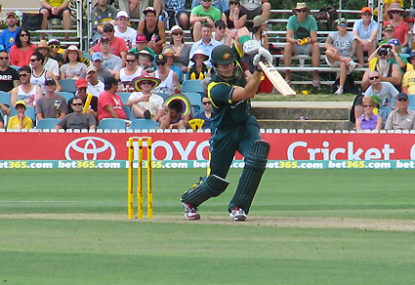Bona fide 'passengers', no-brainers and 'Agar from Wish': A candid look at India's perplexing T20 WC squad
India have announced their 2024 ICC Men’s T20 World Cup squad which is set to be played in the USA and Caribbean. The 15-man…

The concentration of cricket in recent weeks continues to accentuate a major flaw in the game – scheduling.
While one Australian team skippered by Matthew Wade wraps up a two-day game against the Indian Board President’s XI in Chennai, George Bailey led the Australia’s Twenty20 side into battle against the West Indies at the Gabba in the final T20 game of the Australian summer.
Surely the point has been reached where the administrators not only have to revise the schedule but also to consider separating the different forms of the game into their own “seasons”.
The rapid expansion of T20 cricket around the globe has further exposed the game’s huge dependence on the financial clout and the relatively small pool of marquee players.
The business model is highly dependent on drawcards to make it financially viable, and the number of tournaments drawing from that small pool of players continues to grow.
The ICC must scale down this farcical merry-go-round that teams and players find themselves in: heading off for a Test tour and seven-match ODI series with a few Twenty20s thrown in.
Many outsiders are quick to criticise India for misusing its power at the administration table. However, the other major cricket bodies are even quicker to accept its money.
They rarely challenge India when it wields its power in an attempt to mollycoddle to India’s wishes. By my definition, this makes the other administrations equally guilty of any misuse of power.
First and foremost, Test cricket deserves to be protected. It is the format where a player will be judged over the course of his career. It is the true test of any cricketer.
Administrators need to formulate a co-operative approach to devise a workable schedule, one that is acceptable to the players while satisfying the financial needs of the game.
Discussions on a grand plan for cricket’s future should continue to include the option of playing only two forms of the game, or of retaining three versions but scheduling T20 cricket as a club-only franchise model.
If the game future includes only the two forms, then the 50-over game is the one most likely to become extinct. This may open the way for a hybrid 30-over game as a representative of the shorter format.
Cricket is fortunate to have choice of different formats but this will only remain the case if the decisions made about its future are in the best interest of the players, fans and good of the game.